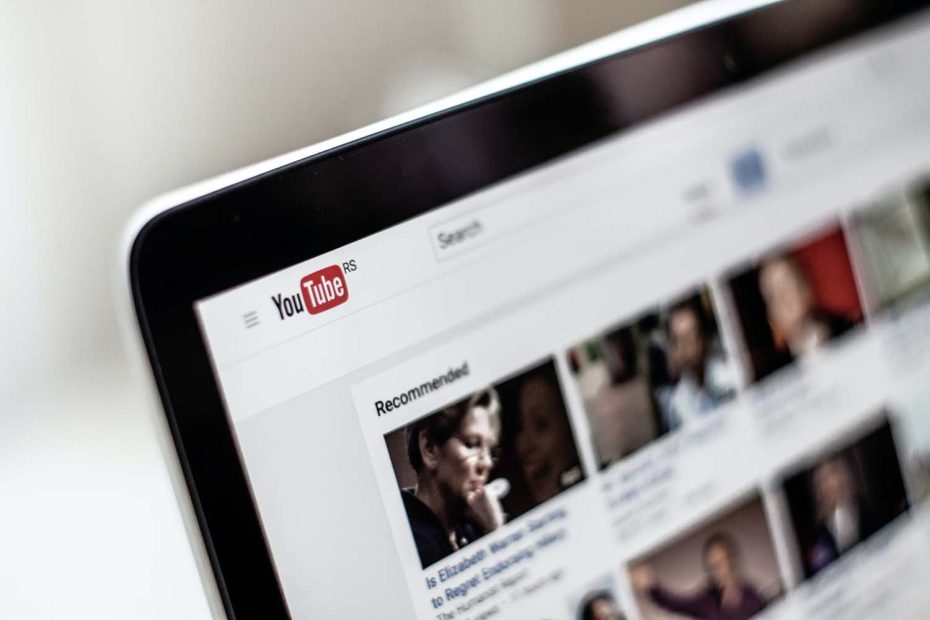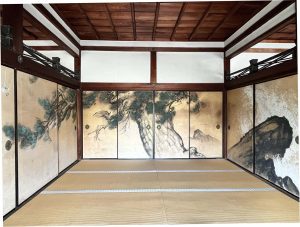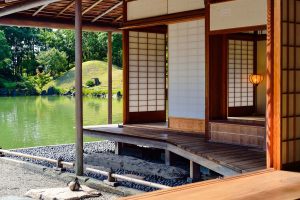I will share you the Japanese copyright if you can use photos and videos of paintings or artworks you bought for commercial use.
This article also explains copyright infringement of commercial use in japan.
There are no rules of “fair use” in Japan.
To determine whether you can use a photo or video of a Japanese painting for commercial purposes, you need to know the Japanese copyright of the painting.
The term of protection of a painting by copyright (property) right ends 70 years after the artist’s death in Japan.
Therefore, after 70 years have passed since the painter’s death, you can use the image generally.
However, it is important to note that paintings by painters who are alive today are subject to copyright.
☑ Know the copyright in such cases.
- When you take a picture of a painting you have purchased and sell products using the picture.
- You take a picture of a painting you purchased and use it in a sales brochure for your business.
- When you distribute a video on Youtube with the purchased painting in the background.
This is a great resource for business owners, self-employed, freelancers (sole proprietors), and those who have a side business.
Let’s take a closer look.
Caution:
This article is based on the author’s interpretation of Japanese law at the time of writing.
Laws are updated and their content, interpretation, and decisions may change from the time of writing.
Individual cases should always consult with an attorney as the applicable law may change.
☑Table of Contents of this article.
- What is the copyright on a purchased painting?
- Is commercial use of a photo or video of a purchased painting subject to copyright?
- What to check when making commercial use of copyrighted paintings.
What is the copyright in a purchased painting?

Why Paintings you bought have copyrights?
The Japan Art Copyright Association (JASPAR) describes “copyright” as follows.
作品を制作した人の持つ、著作物の「表現」に関する権利です。
JASPAR “3. what is a copyrighted work?” (Japanese site)
The above shows in English as It is the right to the ‘expression’ of a work of authorship held by the person who created the work.
The person who created the painting hold a copyright.
Therefore, after you purchase a painting, the copyright in the work remains with the artist.
If you take or distribute photographs or videos of paintings, you should check about copyrights.
What paintings are subject to copyright?
Copyrights are held on “creative expressions of ideas and feelings”.
The Japan Art Copyright Association explains copyright as follows.
この条文からいえることは、まず、人間の表現でなくてはならないということです。
法律上、動物や機械は、思想や感情を持つ「人」には該当しません。The above shows in English as the first thing that can be said from this article is that it must be a human expression. Under the law, animals and machines do not qualify as ‘persons’ with thoughts and feelings.
JASPAR “3. what is a copyrighted work?” (Japanese site)
Current Japanese law limits copyright to pictures expressed by people.
Incidentally, AI is not a human being with thoughts and feelings, so pictures drawn by AI are not copyrightable.
For your reference, the article below describes in detail the value of paintings drawn by humans.
If you want to know the difference from the paintings drawn by AI, please take a look at it.
>> Human Art Value Different from AI-generated Art
Copyrights can be given or purchased.
The person who created the painting can give the copyright to others or sell it.
A person who has been given the copyright by the artist or has purchased the copyright can own the copyright to the work.
if you buy a painting do you own the copyright?
To explain in a little more detail, Japanese copyrights include moral rights and copyrighted property rights.
The Japan Art Copyright Association explains as follows
ここでいう著作権は、著作者人格権に対して、著作財産権といった呼び方もあります。つまり、人格的な権利に対して、財産的な権利があるということです。
The above shows in English as copyrights here are sometimes referred to as “copyright property rights” as opposed to “copyright moral rights”. In other words, there are property rights as opposed to moral rights.
JASPAR “6. what is copyright?” (Japanese site)
Moral rights are rights that prohibit uses that are detrimental to the creator’s reputation, primarily.
On the other hand, the Japan Art Copyright Association describes copyright property rights as follows.
著作(財産)権は、支分権の束であるといった言い方をよくされますが、複製することや上演することにかかわる個々の権利を束ねたものということになります。
The above shows in English as copyright (property) rights are often described as a bundle of branch rights, which means that they are a bundle of individual rights related to reproduction and performance.
JASPAR “7. what is the right of reproduction?“
In other words, the copyright is the right of the creator of the painting to photograph or distribute the painting in a photo or video.
Note that purchasing a work of art does not mean that you have purchased the copyright.
Is commercial use of a photo or video of a purchased painting subject to copyright?
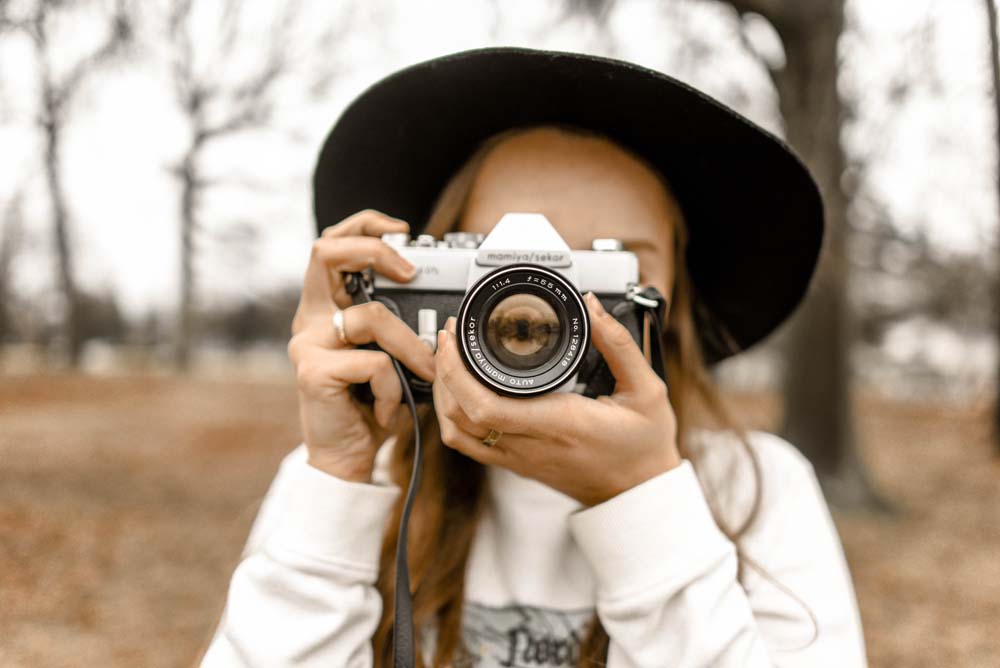
Commercial use is subject to copyright.
Commercial use is the use of a painting for commercial purposes or the sale of products using photographs or images reflecting the painting.
If the purchaser reproduces the work for commercial use, it is subject to copyright.
Therefore, you must obtain prior permission from the creator of the painting.
Reproduction of a work of art includes photography, printing, video production, copying or imaging, etc.
When obtaining permission from the artist, the owner of a painting should carefully check the conditions under which the work you can used and how you can use the work.
For example, if you wish to use a photograph showing a painting you have purchased in a product brochure, or if you wish to sell video content showing a painting you have purchased, ask the creator for permission in advance.
Video distribution or posting on websites
Uploading and posting a copyrighted work on Youtube, websites, or other places where anyone can view it is subject to the Japanese “right of public transmission”.
Therefore, it is necessary to obtain prior permission from the creator in this case as well.
However, in photography and videography, there are times when a painting may appear small in the background.
For example, the website of the Agency for Cultural Affairs explains the following case.
○写真を撮影したところ,本来意図した撮影対象だけでなく,背景に小さくポスターや絵画が写り込む場合
○街角の風景をビデオ収録したところ,本来意図した収録対象だけでなく,ポスター,絵画や街中で流れていた音楽がたまたま録り込まれる場合
○絵画が背景に小さく写り込んだ写真を,ブログに掲載する場合
○ポスター,絵画や街中で流れていた音楽がたまたま録り込まれた映像を,放送やインターネット送信する場合* When you take a photograph and a poster or a painting appears in the background in a small size in addition to the intended subject of the photograph.
the Agency for Cultural Affairs “The development of the regulations concerning so-called “photogramming,” etc.” (Japanese site)
* When a video recording of a scene on a street corner includes not only the intended subject but also a poster, a painting, or music that was playing in the street.
* When a small picture of a painting in the background is posted on a blog.
* When a poster, a painting, or music played in the street is recorded by accident and broadcast or transmitted on the Internet.
Even in the case of copyrighted works, if a painting appears in the background in a small size, it is allowed to be used without the permission of the creator.
This is only the case where the painting appears in the background in a small size.
However, if you use the reflection of the painting to sell a product or service, it is subject to copyright.
Because of this difficulty in judgment, we recommend that you check with the creator of the painting beforehand to see if there are any problems if the painting is reflected in the image.
Artwork installed outdoors
You can see some artwork installed outside of a building.
What if it is reflected in a photo or video?
For your reference, the Copyright Information Center of Japan provides the following explanation regarding copyrights for works installed outdoors.
The Copyright Information Center, a public interest incorporated association, uses the copyright of a mural on the exterior wall of a government building as an example and explains as follows.
庁舎の外壁の壁画は美術の著作物で原作品が建造物の外壁に恒常的に設置されている場合です。
この場合は、著作権法第46条によって、著作物の複製物の販売を目的として複製する等例外的に禁止されている複製以外には、自由に利用することができます。
もちろん、インターネット上のアップロードに伴う公衆送信も自由に利用できる態様に含まれます。A mural on the exterior wall of a government building is a work of art where the original work is permanently installed on the exterior wall of the building.
Copyright Information Center “Q&A Internet homepage” (Japanese site)
In this case, the work may be used freely, except for reproductions that are exceptionally prohibited by Article 46 of the Copyright Law, such as reproduction for the purpose of selling copies of the work.
Of course, public transmission accompanying uploading on the Internet is also included in the freely available mode of use.
Art works such as murals installed outdoors (original works only) generally do not constitute copyright infringement even if they are captured on Youtube, websites, etc., except when reproduced for the purpose of selling by-products such as photographs.
Please note, however, that in rare cases, some artists may require individual prior confirmation.
What to check when making commercial use of copyrighted paintings.
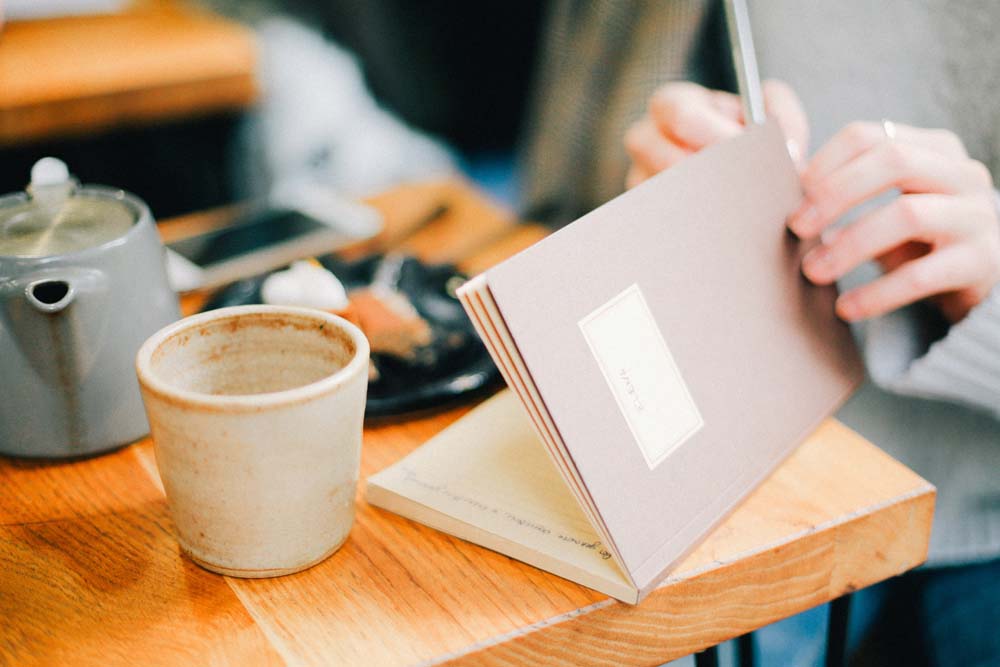
As you can see, you need to handle copyrights on purchased paintings differently depending on the individual case.
Therefore, when using photos or videos of purchased paintings for commercial purposes, please check carefully in advance to make sure that there are no problems.
We would like to spend time in a stylish space with nice paintings.
We hope this article will be of help to you.
For your reference, the following article also provides some tips on how to care oil paintings.
If you have oil paintings in your room, please take a look at this as well.
>> How to Care for Your Original Oil Painting
We also have an article below explaining how to buy an art for beginners. Please also see here.
>> Beginner’s Guide to Buying Your Favorite Art for Your Home
Note:
Please be sure to consult with an attorney about your individual case, as applicable laws and decisions may vary.
Please note that we are not responsible for any damages related to this case.
New Arrivals
-
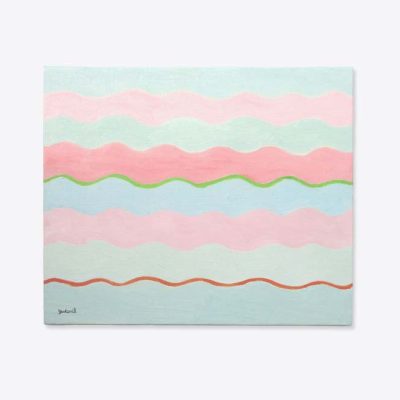 Gentle Flow$1,705.00
Gentle Flow$1,705.00 -
 Go Into The Light$1,364.00
Go Into The Light$1,364.00 -
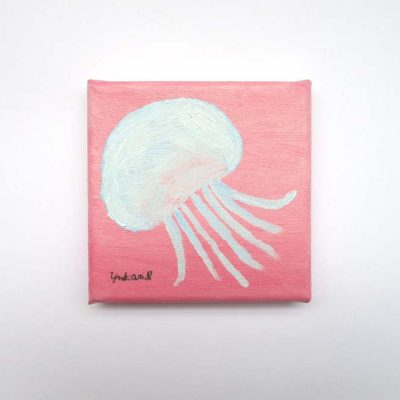 Jellyfish Dream$616.00
Jellyfish Dream$616.00
